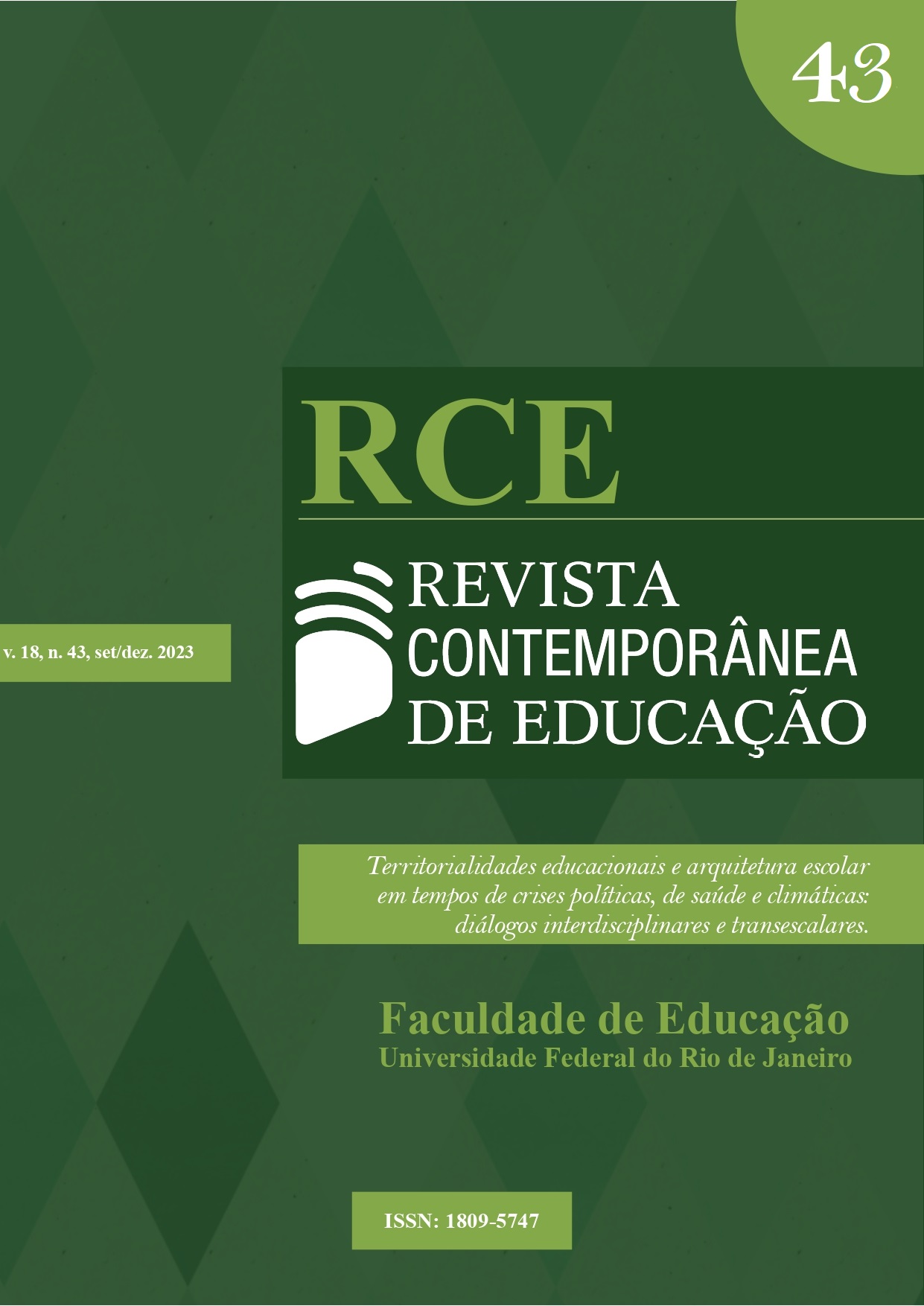Résumé
Esta revisão sistemática da literatura pretende analisar estudos que se debrucem sobre os processos de transição de escolas e professores para Innovative Learning Environments (ILE). Pretende-se responder a três questões de investigação: i) perceber quais os motivos que levam os professores a usar (ou não) um ILE, ii) que aspetos devem ser considerados em processos de formação para o uso de ILE e iii) que motivos podem levar os professores a usar de forma regular e continuada um ILE. Esta pesquisa revelou alguns pressupostos a considerar para uma transição robusta e duradoura para os ILE, tanto centrados nas organizações como ligados ao corpo docente.
Références
Blackmore, J., & O’Mara, J. (2021). Putting professional learning practice first in innovative learning environments. Studies in Continuing Education, 0(0), 1–15. https://doi.org/10.1080/0158037X.2021.1977921
Blannin, J., Mahat, M., Cleveland, B., Morris, J. E., & Imms, W. (2020). Teachers as embedded practitioner-researchers in innovative learning environments. Center for Educational Policy Studies Journal, 10(3), 99–116. https://doi.org/10.26529/cepsj.887
Carvalho, L., Nicholson, T., Yeoman, P., & Thibaut, P. (2020). Space matters: framing the New Zealand learning landscape. Learning Environments Research, 23(3), 307–329. https://doi.org/10.1007/s10984-020-09311-4
Fletcher, J., Everatt, J., Mackey, J., & Fickel, L. H. (2020). Digital Technologies and Innovative Learning Environments in Schooling: A New Zealand Experience. New Zealand Journal of Educational Studies, 55(1), 91–112. https://doi.org/10.1007/s40841-020-00156-2
Frelin, A., & Grannäs, J. (2021). Designing and building robust innovative learning environments. Buildings, 11(8). https://doi.org/10.3390/buildings11080345
French, R., Imms, W., & Mahat, M. (2020). Case studies on the transition from traditional classrooms to innovative learning environments: Emerging strategies for success. Improving Schools, 23(2), 175–189. https://doi.org/10.1177/1365480219894408
Grannäs, J., & Stavem, S. M. (2021). Transitions through remodelling teaching and learning environments. Education Inquiry, 12(3), 266–281. https://doi.org/10.1080/20004508.2020.1856564
PRISMA. (2020). Preferred Reporting Items for Systematic Reviews and Meta-Analyses. http://www.prisma-statement.org/PRISMAStatement/FlowDiagram
Pedro, N. (2017). Ambientes educativos inovadores: o estudo do fator espaço nas ‘salas de aula do futuro’ portuguesas. Revista Tempos e Espaços Em Educação, 10(23), 99–108. https://doi.org/10.20952/revtee.v10i23.7448
Sasson, I., Yehuda, I., & Miedijensky, S. (2022). Innovative learning spaces: class management and universal design for learning. Learning Environments Research, 25(3), 725–739. https://doi.org/10.1007/s10984-021-09393-8
Uman L. S. (2011). Systematic reviews and meta-analyses. Journal of the Canadian Academy of Child and Adolescent Psychiatry = Journal de l'Academie canadienne de psychiatrie de l'enfant et de l'adolescent, 20(1), 57–59.
Young, F., Tuckwell, D., & Cleveland, B. (2022). Actualising the affordances of innovative learning environments through co-creating practice change with teachers. Australian Educational Researcher, 49(4), 805–826. https://doi.org/10.1007/s13384-021-00447-7

Cette œuvre est sous licence Creative Commons Attribution - Pas d'Utilisation Commerciale 4.0 International.
© Revista Contemporânea de Educação 2023


